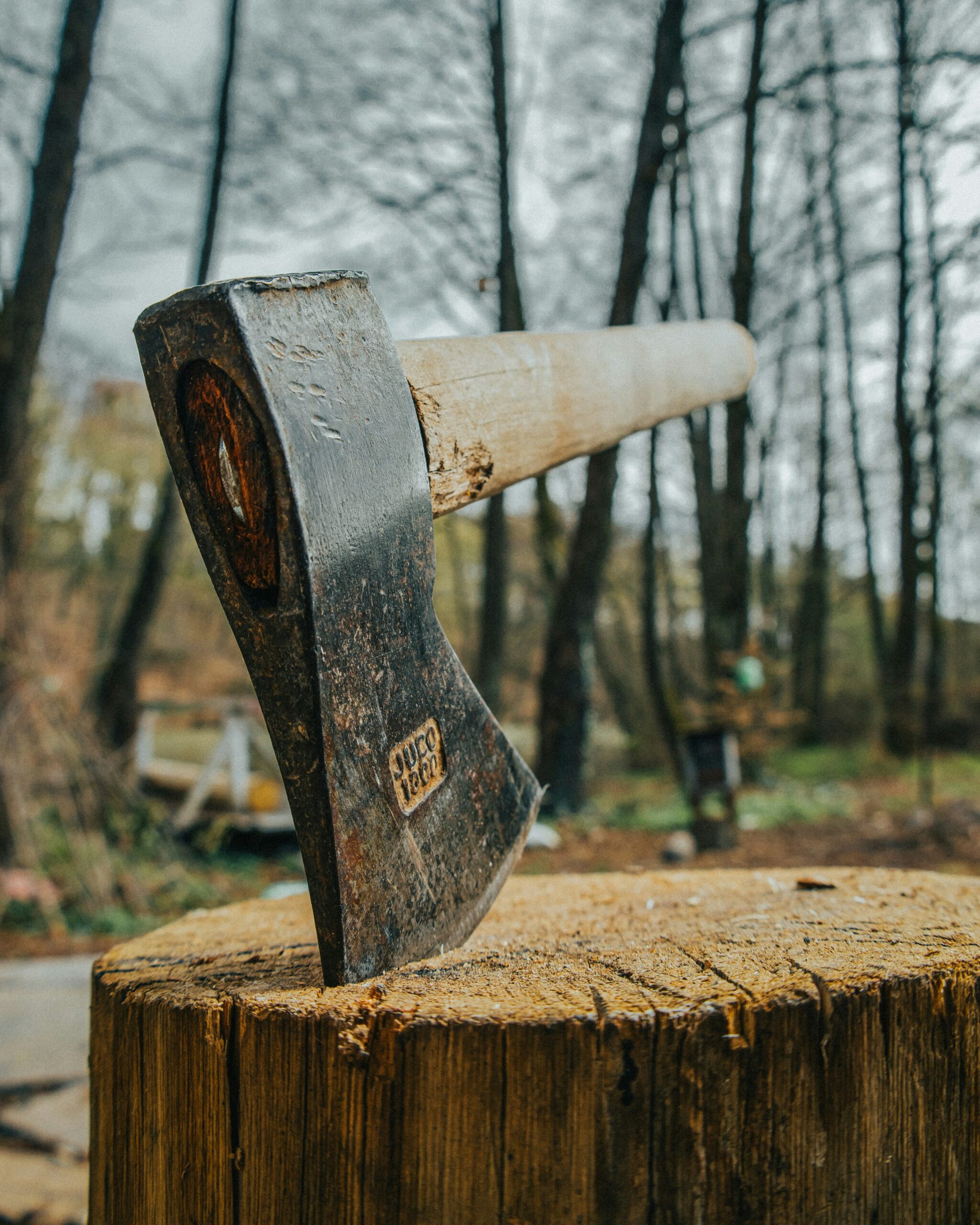Axe throwing can be a fun and competitive sport, but choosing the right professional axe and gear is crucial for success. Many enthusiasts struggle to select equipment that meets their needs, including proper handles and wood types. This guide will cover key topics such as selecting the ideal axe, essential safety gear, and maintaining your throwing axe. By reading this article, readers will gain the knowledge needed to confidently participate in competitions like those sanctioned by the WATL and become skilled lumberjacks. Tackling these challenges will help enhance their axe-throwing experience and performance.
Key Takeaways
- selecting the right axe type is crucial for achieving consistent accuracy in throwing
- understanding materials and features significantly impacts performance and comfort during throws
- practicing proper throwing techniques enhances skills and boosts confidence in competitions
- safety measures like protective gear and proper setup are essential for axe-throwing
- regular maintenance of axes ensures optimal performance and longevity of equipment
Selecting the Ideal Axe for Professional Throwing Success
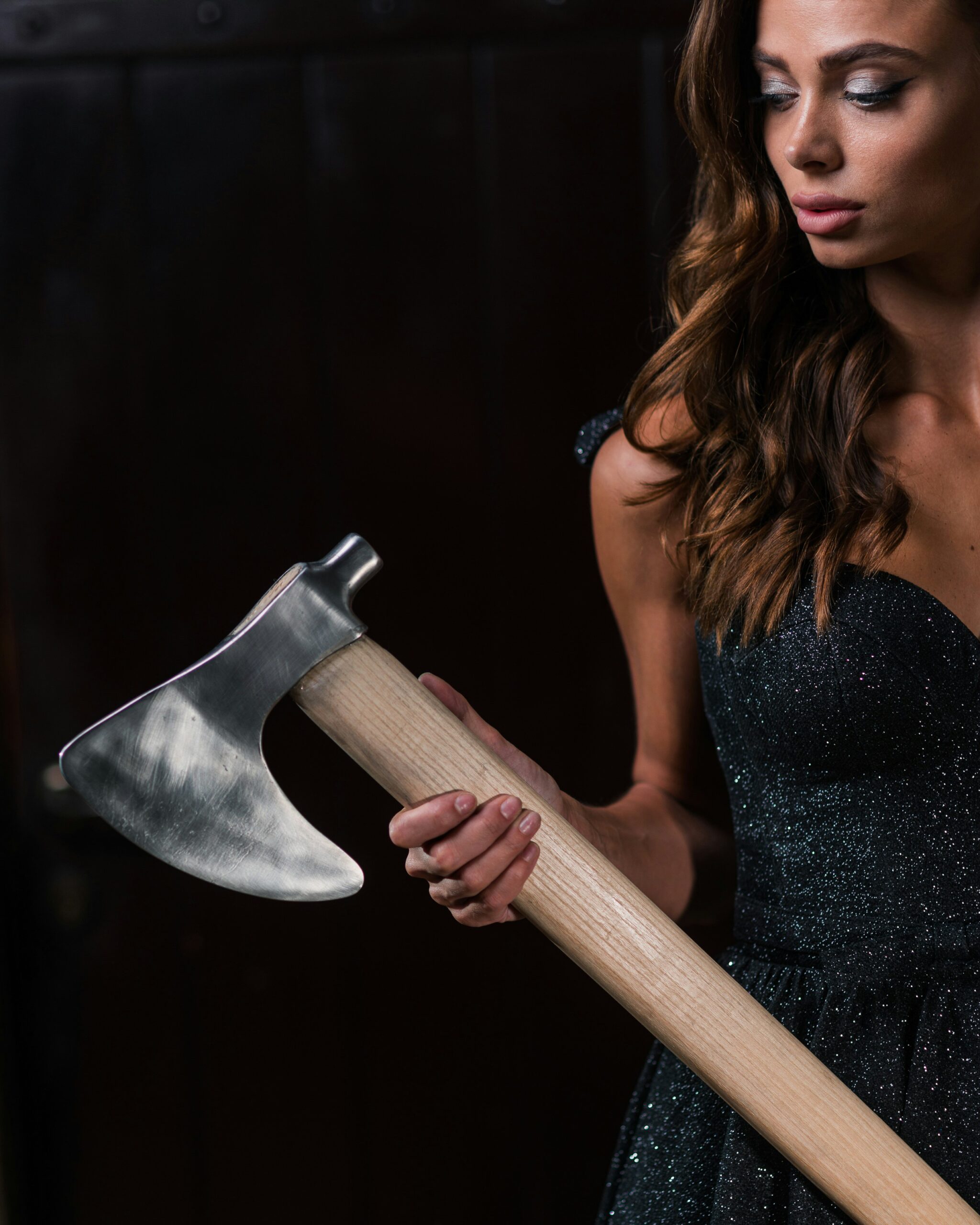
Selecting the right axe is crucial for success in professional axe throwing. Different types of throwing axes offer unique features, while weight and balance play a key role in control. Handle materials and lengths affect grip, and blade designs can enhance performance. It is also important to find high-quality axes within your budget. Testing axes will ensure comfort and the best fit for every thrower.
Understand Different Types of Throwing Axes Available
When selecting an axe for professional throwing, understanding the types available is key to consistently achieving a bullseye. Throwing axes are typically made of steel and come in various lengths, which affect how they are handled and thrown. Each type of axe offers unique gear features, including balance and weight, that cater to different skill levels and preferences, promoting not only performance but also safety during practice.
Choose the Proper Weight and Balance for Control
Choosing the right weight and balance for throwing axes is essential for control and accuracy in professional axe throwing. The ideal weight typically falls between 2 to 4 pounds, depending on the thrower’s strength and technique. For instance, a well-balanced hatchet allows for a smoother flight through the air, which can greatly improve performance in competitions like those governed by the World Axe Throwing League. Finding the right combination of weight and balance will not only enhance a thrower’s skill but also contribute to a safer throwing experience, ensuring that they feel confident in every toss, whether practicing on lumber targets or competing in events.
Consider Handle Materials and Length Options
Selecting the right handle material and length for a tomahawk can greatly affect a thrower’s performance. Common materials such as hickory provide a comfortable grip and good shock absorption, while synthetic handles may offer increased durability. For length, most experts recommend a handle that allows throwers to maintain a balanced stance, helping them achieve accuracy and confidence with every throw.
Evaluate Blade Designs for Optimal Performance
Choosing the right blade design is vital for optimal performance in axe throwing. Different shapes and styles can affect how the axe spins and sticks into the target. A wider blade may offer better sticking power, while a thinner blade can enhance rotation, impacting accuracy and control. Understanding these nuances can assist throwers in selecting the best axe for their skill level and throwing technique:
Test Axes to Find the Best Grip and Comfort
Testing various axes helps identify the best grip and comfort for each thrower. Each person’s hand size and throwing style differ, which means some axes will feel better than others. By trying different models and making adjustments, throwers can find an axe that fits well and feels natural, leading to improved control and confidence during throws:
Find High-Quality Axes Within Your Budget
Finding high-quality axes that fit within a budget is essential for anyone looking to excel in professional axe throwing. While some premium options may boast advanced features, many reliable and durable axes are available at more affordable prices. Researching online reviews and visiting local shops can help identify the best choices, ensuring that throwers invest in equipment that enhances their skills without overspending.
Essential Safety Gear for Axe-Throwing Enthusiasts

Safety is a top priority for axe-throwing enthusiasts. Wearing protective eyewear and headgear at all times is crucial to prevent injuries. Selecting appropriate footwear and comfortable clothing enhances movement and safety. Setting up effective safety barriers and backstops, along with implementing safe throwing techniques, ensures a secure environment. Strictly following range safety rules and having a first aid kit ready can help address emergencies swiftly.
Wear Protective Eyewear and Headgear at All Times
Wearing protective eyewear and headgear is essential for axe-throwing enthusiasts to ensure safety during practice and competitions. These items shield the eyes and head from accidents, such as falling axes or debris. Prioritizing this gear not only protects throwers from injuries but also allows them to focus on improving their technique without worry.
Select Appropriate Footwear and Comfortable Clothing
Choosing appropriate footwear and comfortable clothing is vital for anyone participating in axe throwing. Sturdy shoes with non-slip soles provide the needed grip and protection on the throwing range. Opting for breathable clothing helps throwers feel relaxed and mobile, allowing them to focus on their throws without being distracted by discomfort.
- Wear sturdy, non-slip shoes for better grip.
- Choose breathable clothing for mobility and comfort.
- Avoid loose items that may interfere with movement.
Set Up Safety Barriers and Backstops Effectively
Effectively setting up safety barriers and backstops is essential for any axe-throwing setup. These barriers protect spectators and throwers from stray axes, ensuring a safe environment during practice and competitions. Strong materials like wood or heavy-duty nets make for suitable barriers, and ideally, they should be placed at least 10 feet behind the target to provide ample protection:
- Use sturdy materials for barriers, such as wood or heavy-duty nets.
- Position barriers at least 10 feet behind the target for optimal safety.
- Regularly inspect barriers for wear and tear to maintain effectiveness.
Implement Safe Throwing Techniques Consistently
Implementing safe throwing techniques is crucial for all axe-throwing enthusiasts to prevent injuries and ensure a positive experience. Each thrower should maintain a firm stance, keep their eyes on the target, and follow through after releasing the axe. Practicing these techniques regularly not only enhances performance but also builds confidence, allowing throwers to focus on accuracy and control:
Follow Range Safety Rules and Guidelines Strictly
Following range safety rules and guidelines is vital for all axe-throwing participants. These rules help prevent accidents and ensure a secure environment for everyone involved. Participants should pay close attention to instructions from range officials, avoid distractions while throwing, and respect the designated throwing areas to maintain safety during practice and competitions.
Prepare a First Aid Kit for Immediate Response
Preparing a first aid kit is essential for anyone involved in axe throwing. This kit should include basic supplies like band-aids, antiseptic wipes, gauze, and adhesive tape to handle minor injuries quickly. Ensuring that the first aid kit is easily accessible during practice sessions not only promotes a safe environment but also gives throwers peace of mind, allowing them to focus on improving their skills without worrying about potential accidents.
Creating Your Own Professional Axe Throwing Range at Home

Creating a professional axe-throwing range at home requires careful planning and attention to various factors. First, choosing a suitable location with enough space is essential for safety and enjoyment. Next, building a durable and safe target board ensures effective practice. Additionally, installing protective flooring and surroundings, ensuring adequate lighting, complying with local laws, and regularly maintaining the setup is crucial for a successful home range.
Choose a Suitable Location With Enough Space
Choosing the right location for a professional axe-throwing range at home is essential for safety and enjoyment. The space should be adequate to allow throwers to stand back from the target while ensuring enough clearance around the setup. A well-sized area reduces the risk of accidents and enhances the overall throwing experience, so ideally, the space should be at least 12 feet deep and 8 feet wide to accommodate the target and throwing range:
- Evaluate available outdoor or indoor spaces for your range.
- Ensure a minimum of 12 feet in depth and 8 feet in width.
- Clear any obstacles that may interfere with throws.
Build a Durable and Safe Target Board Yourself
Building a durable and safe target board for axe throwing at home involves selecting the right materials and construction techniques. A common approach is using a wooden frame filled with soft, untreated wood, such as pine or cedar, which helps absorb impact and reduce damage to the axes. Using screws instead of nails will provide added stability and safety, ensuring that the target board remains secure during practice:
- Choose untreated wood for maximum absorption.
- Construct a sturdy frame to hold the target in place.
- Use screws for better durability compared to nails.
Install Protective Flooring and Surroundings Properly
Installing protective flooring and surroundings is essential for a safe home axe-throwing range. Using durable materials like rubber mats can help minimize damage to the floor and provide a solid surface for throwers. Additionally, ensuring that there is enough space around the target and reinforcing the area with safety barriers can prevent accidents and promote a secure throwing environment.
Ensure Adequate Lighting for Better Visibility
Ensuring adequate lighting in a home axe-throwing range is crucial for both safety and performance. Well-placed, bright lights allow throwers to clearly see the target and their axes, which helps improve accuracy. For best results, using LED lights can provide powerful illumination while minimizing shadows that might distract or confuse throwers during practice sessions.
Comply With Local Laws and Regulations Fully
Complying with local laws and regulations is essential when creating a home axe-throwing range. Some areas may have specific guidelines regarding the use of axes, requiring permits, or adhering to safety standards. Checking with local authorities can help individuals avoid legal issues and ensure a safe environment for practicing axe-throwing.
Maintain Your Home Axe Throwing Setup Regularly
Regular maintenance of a home axe-throwing setup is key to ensuring safety and effectiveness. To maintain the quality of throws, it’s essential to check the target board for wear and replace any damaged wood. Additionally, keeping the surrounding area clear of debris and ensuring that all safety gear is in good condition will help prevent accidents and create a more enjoyable throwing experience.
Properly Maintaining and Sharpening Your Throwing Axe
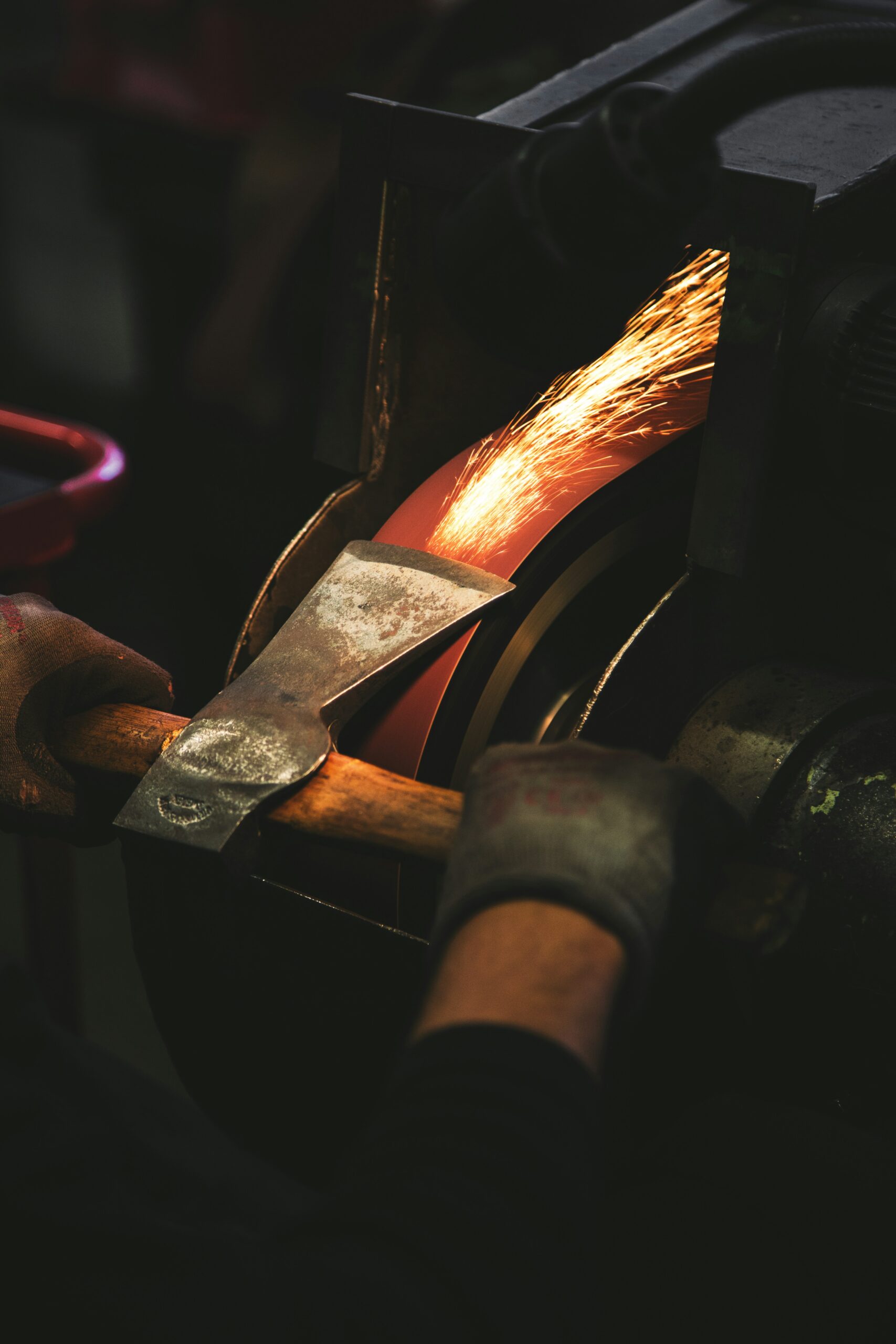
Proper maintenance and sharpening of a throwing axe are vital for optimal performance in professional axe throwing. Cleaning the axe thoroughly after each use prevents buildup and damage. Sharpening the blade safely ensures peak performance while protecting the handle extends its life. Additionally, correct storage and recognizing signs of wear will keep the axe in top condition, making maintenance tasks straightforward with the right tools.
Clean Your Axe Thoroughly After Each Use
Cleaning a throwing axe thoroughly after each use is important for its maintenance and longevity. A simple process involves wiping the blade with a damp cloth to remove dirt and debris. Ensuring that the axe is dry before storing it helps prevent rust and keeps it in top condition for future practice or competitions:
- Wipe the blade with a damp cloth.
- Dry the axe to prevent rust.
- Store the axe in a safe, dry place.
Sharpen the Blade Safely for Peak Performance
Sharpening the blade of a throwing axe safely is key to achieving peak performance and ensuring effective throws. A dull blade can lead to poor accuracy and an increased risk of accidents. Using a quality sharpening tool, such as a whetstone or sharpening file, allows an individual to effectively maintain their axe’s edge. Always follow safety precautions, like securing the axe in a vise and wearing protective gloves, when sharpening to avoid injuries:
Protect the Handle From Damage and Wear
To protect the handle of a throwing axe from damage and wear, users should consider regularly inspecting it for signs of cracks or splinters. Applying a light coat of oil can enhance the wood’s durability and prevent moisture damage, essential for maintaining a solid grip. Keeping the axe stored in a safe, dry place will also help shield the handle from unnecessary wear, ensuring the axe remains in good condition for longer-lasting use in professional axe throwing.
Store Your Axe Correctly to Prevent Rusting
Axe throwers must store their axes correctly to prevent rusting. Storing axes in a dry, climate-controlled area helps keep moisture away, a primary cause of rust. Additionally, placing the axe in a protective sheath or cover can provide an extra layer of defense against humidity and accidental damage that might lead to rust formation.
Recognize Signs of Wear and Replace When Needed
Throwing axes require regular inspections to ensure they remain safe and effective. Signs of wear include visible cracks in the handle, chips or nicks on the blade, and any loosening of the head from the handle. Replace any axes showing these signs to maintain safety and performance, allowing throwers to focus on their technique without worrying about malfunctioning equipment:
- Check for cracks in the handle.
- Look for chips or nicks on the blade.
- Inspect the head for any loosening.
- Replace axes showing signs of wear.
Use Appropriate Tools for Axe Maintenance Tasks
Using the right tools for axe maintenance tasks is essential for keeping a throwing axe in top shape. Common tools include a sharpening stone, which helps maintain a sharp blade, and a soft cloth for cleaning the axe after each use. Investing in quality maintenance tools enhances an axe’s performance and prolongs its life, ensuring that throwing enthusiasts can focus on perfecting their skills without worrying about equipment failure.
Understanding Axe Throwing Techniques and Styles
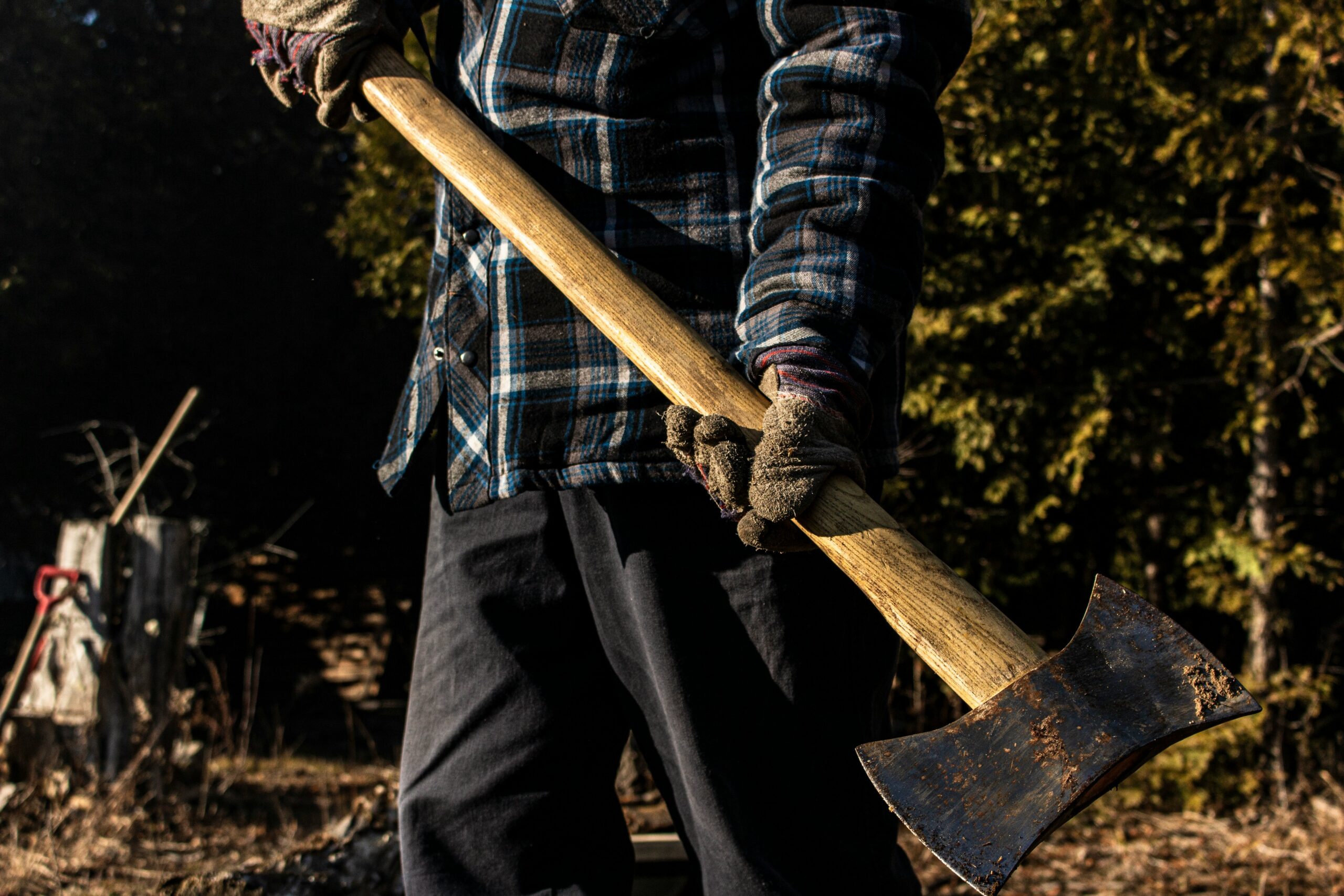
Mastering axe-throwing techniques is essential for improving skills and achieving success in professional axe-throwing. First, throwers should focus on the basic overhand throw technique. Next, practicing one-handed and two-handed throws helps expand their capabilities. Learning advanced methods step by step, adjusting stance and release for accuracy, and identifying common mistakes will enhance overall performance. Using training drills effectively will also contribute to skill improvement and consistency.
Master the Basic Overhand Throw Technique First
Mastering the basic overhand throw technique is fundamental for anyone starting in professional axe throwing. This technique involves standing with feet shoulder-width apart, gripping the axe firmly, and bringing it back over the shoulder before releasing it towards the target. Practicing this throw consistently helps build muscle memory, improves accuracy, and boosts confidence, which are crucial for any thrower’s success.
Practice One-Handed Versus Two-Handed Throws
Practicing one-handed versus two-handed throws can significantly impact a thrower’s performance in professional axe throwing. One-handed throws allow for quicker releases and may benefit precision when aiming at close targets. In contrast, two-handed throws provide more power and stability, which can lead to improved accuracy for longer distances. Understanding the strengths of each technique enables throwers to adapt their style based on the competition’s requirements or personal comfort, ultimately enhancing their overall success in the sport.
Learn Advanced Throwing Methods Step by Step
Learning advanced throwing methods step by step helps throwers refine their skills and enhance their performance in professional axe throwing. One essential technique to master is the varying grip styles, which can impact the accuracy and power of each throw. Another important area to focus on is adjusting stance and weight distribution; this can maximize stability and improve the throw’s effectiveness. Understanding these techniques not only boosts a thrower’s abilities but also builds confidence, leading to more consistent outcomes during competitions.
Adjust Your Stance and Release for Accuracy
Adjusting stance and release is crucial for achieving accuracy in axe throwing. A balanced stance involves positioning the feet shoulder-width apart, allowing for stability during the throw. Additionally, focusing on a smooth release while maintaining eye contact with the target will help throwers improve their precision and elevate their skills in competitive settings.
- Maintain a balanced stance with feet shoulder-width apart.
- Prioritize eye contact with the target throughout the throw.
- Focus on a smooth, controlled release to improve accuracy.
Identify Common Mistakes and Correct Them
Common mistakes in axe throwing can hinder progress and impact performance. One issue is improper grip, which can lead to inconsistent releases. Another frequent error is failing to follow through, affecting the throw’s accuracy and power. To enhance skills, throwers should focus on correcting these mistakes by practicing proper grip techniques and ensuring a full follow-through after each toss. Addressing these issues is vital for improving overall technique:
- Ensure a proper grip to maintain consistency.
- Focus on following through after the release for better accuracy.
- Practice regularly to build muscle memory and confidence.
Use Training Drills to Improve Your Skills
Training drills are an effective way for axe throwers to improve their skills and consistency. Simple drills, such as targeting a specific spot on the bullseye, help throwers fine-tune their aim and release techniques. Regular practice not only builds muscle memory but also boosts confidence, making throwers more adept during competitions and practice sessions:
Finding Professional Axe Throwing Competitions and Events
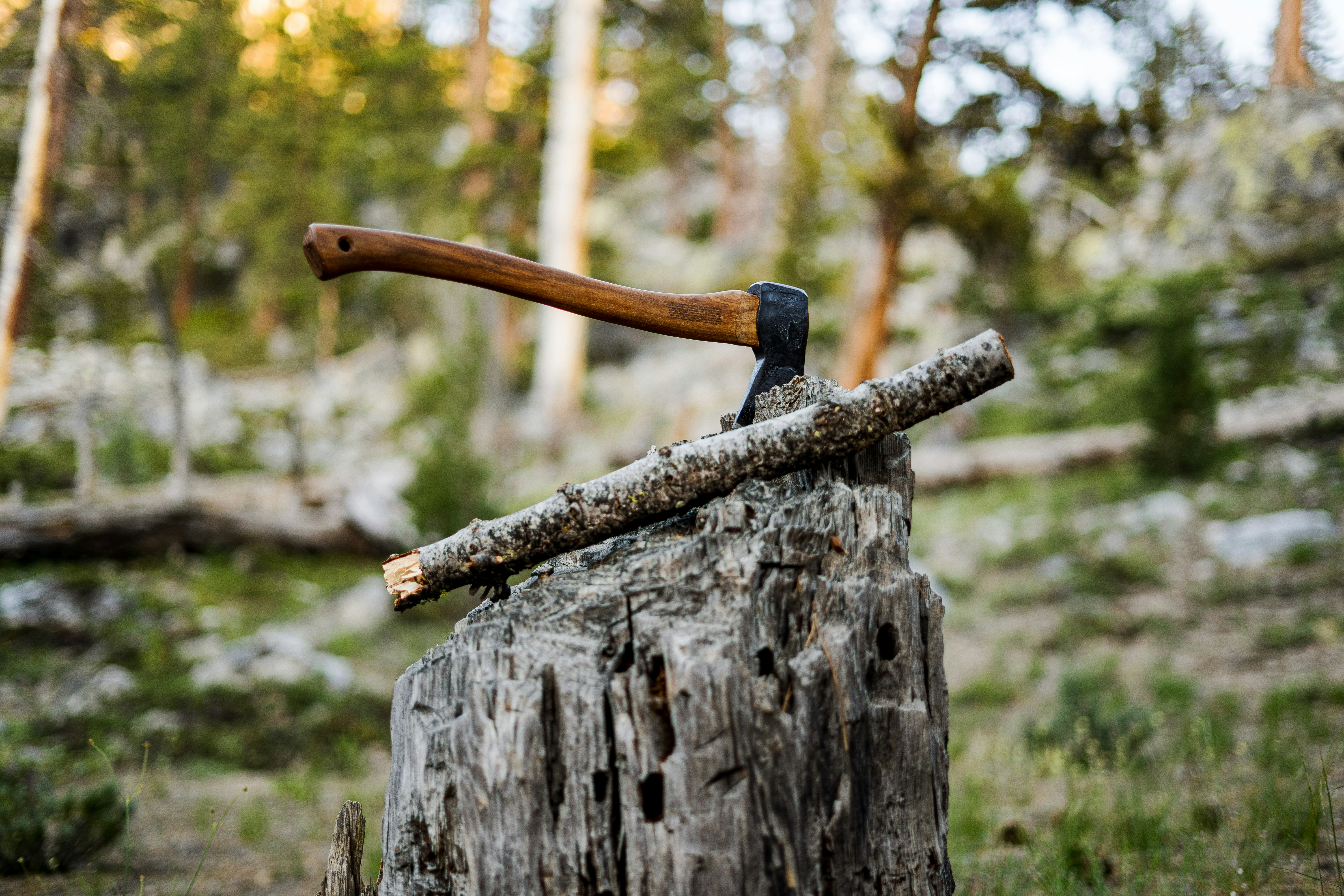
Finding professional axe-throwing competitions and events is essential for enthusiasts looking to sharpen their skills and gain experience. This section will cover how to research local and national axe throwing leagues, prepare thoroughly for competitions, network with fellow throwers, and understand competition rules and scoring systems. Attending workshops and clinics will also enhance skills, while traveling to international events can offer unique experiences.
Research Local and National Axe Throwing Leagues
Researching local and national axe-throwing leagues is essential for anyone looking to compete seriously in the sport. These leagues often have different levels of competition, allowing throwers of all skill levels to participate. By exploring league websites and social media, throwers can find events and competitions that fit their schedules and skill levels, ensuring they stay engaged and motivated in their axe-throwing journey.
Prepare Yourself Thoroughly for Competitions
To prepare thoroughly for competitions in professional axe throwing, participants should focus on practice routines and mental preparedness. Regular practice increases muscle memory and enhances accuracy, which is essential for hitting targets consistently. Additionally, mental preparation, such as visualizing successful throws and setting realistic goals, can build confidence and improve performance when it matters most:
Network With Fellow Axe Throwing Enthusiasts
Networking with fellow axe-throwing enthusiasts is a great way to find competitions and events. Joining local clubs or social media groups can provide valuable information about upcoming events and competitions in the area. By connecting with others, individuals can share tips, improve their skills, and discover new opportunities to showcase their axe-throwing talents:
- Join local axe-throwing clubs.
- Participate in online communities on social media.
- Attend axe-throwing workshops and events.
Understand Competition Rules and Scoring Systems
Understanding competition rules and scoring systems is essential for anyone involved in professional axe throwing. Each league may have different guidelines, so throwers need to familiarize themselves with these rules before participating. For example, knowing how points are awarded based on where the axe lands on the target can help competitors plan their throws better and improve their strategy for each match.
Attend Workshops and Clinics to Enhance Skills
Attending workshops and clinics can significantly boost a thrower’s skills in professional axe throwing. These events provide hands-on training from experienced coaches, who share valuable tips and techniques to refine throwing techniques. Participants gain access to expert insights and practice opportunities, helping them become more confident and effective in competitions.
Travel to International Events for New Experiences
Traveling to international axe-throwing events offers enthusiasts a chance to experience different cultures and meet fellow throwers worldwide. These events often feature unique styles and competitions that can inspire throwers to refine their skills. Engaging with other competitors allows for valuable exchanges of techniques and strategies, enhancing everyone’s journey in this exhilarating sport.
Conclusion
Selecting the right equipment for professional axe throwing is crucial for success and safety. Understanding different axes, their materials, and designs helps throwers find the best fit for their skills and preferences. Implementing proper maintenance, safety gear, and effective techniques enhances both performance and enjoyment of the sport. Throwers can elevate their game and fully embrace the exciting world of axe throwing by equipping themselves with knowledge and the right tools.

